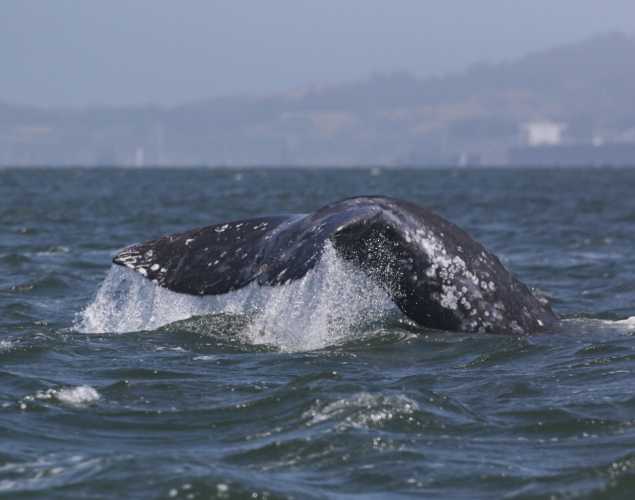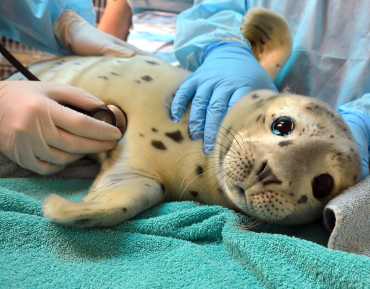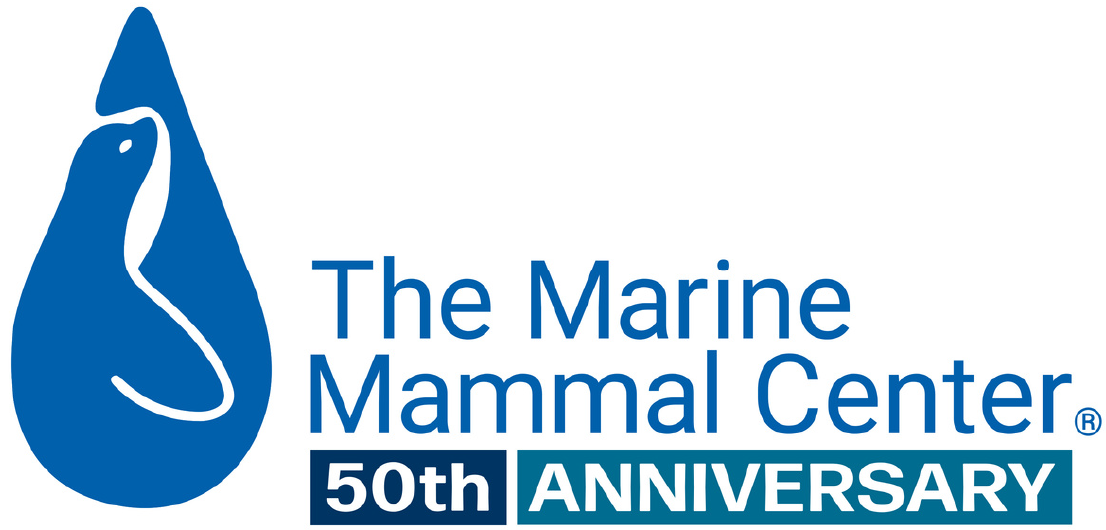
Los Angeles Times: The numbers of gray whales migrating along the California coast continue to plummet
Published by Los Angeles Times: June 25, 2025
Federal researchers are reporting the lowest number of migrating gray whale calves ever recorded off the West Coast. Scientists suspect changes in food availability as a result of climate change is a likely culprit.
The number of gray whales migrating along the California coast has plummeted again this year, dropping to levels not seen since the 1970s, according to federal officials.
There are now likely fewer than 13,000 gray whales migrating along the North American Pacific coast — fewer than half the population’s 27,000 peak in 2016, according to the National Oceanic and Atmospheric Administration.
Although a single cause for the population shrinkage has not been determined, scientists believe it is likely the result of a changing climate and its impact on the animals’ Arctic and subarctic food supply.
The environment may now be changing at a pace or in ways that is testing the time-honored ability of the population to rapidly rebound while it adjusts to a new ecological regime.
This year, scientists in Mexico reported ominous indicators as they observed gray whales wintering in the shallow, warm, protected lagoons of the Baja California Peninsula. They said that very few calves had been born, and that many adult whales were dying.
The pattern has since continued, with U.S. researchers saying they observed only 85 calves migrating north to the whales’ Arctic feeding grounds. That’s the lowest number of calves counted since researchers began keeping records in 1994.
In addition, 47 whales have died along the U.S. Pacific coast this year. Although this number is smaller than the 122 that perished in 2019, the population is now much smaller than it was at that time.
Twenty of the whales that have died since March 30 expired in the San Francisco Bay area, according to the Sausalito, Calif.-based Marine Mammal Center. The bay historically was not visited by this cetacean species.
Researchers aren’t sure why gray whales began frequenting San Francisco Bay, but have suggested they may do it when they are looking for food.
Gray whales tend to summer in Arctic waters, where they gorge themselves on tiny, mud-dwelling invertebrates such as worms and shrimp-like critters called amphipods.
During typical years of food abundance, the whales would fill themselves up and fast as they migrated 10,000 miles south to their wintering grounds in the lagoons of the Baja peninsula. They wouldn’t eat again until the following summer.
But in recent years, observers along the coast and in the bay have seen gray whales exhibiting behaviors suggestive of foraging and feeding — an indication that they may be short on fuel.
According to a news release this month by the NOAA, one of the most concerning aspects of these latest numbers is the continued population drop since 2019. While these whales have faced population shrinkages in the past, they tended to rebound after a few years.
“The environment may now be changing at a pace or in ways that is testing the time-honored ability of the population to rapidly rebound while it adjusts to a new ecological regime,” NOAA biologist David Weller said in the release.
Please note this article is behind a paywall.
Yes, I want to save a life!

Yes, I want to save a life!
You’ll be giving sick and injured animals the best possible care at the Center’s state-of-the-art hospital. With your gift today, you are giving a patient a second chance at life in the wild.
See Our Latest News
{"image":"\/Animals\/Patients\/Harbor seals\/2020\/cropped-images\/hs-barnwood-by-bill-hunnewell-c-the-marine-mammal-center-315-0-3299-2577-1607370547.jpg","alt":"harbor seal Barnwood","title":"Last-Minute Gift Guide \u2013 Top Gifts that Give Back to Marine Animals","link_url":"https:\/\/www.marinemammalcenter.org\/news\/last-minute-gift-guide","label":"News Update","date":"2025-12-18 01:00:00"}

Last-Minute Gift Guide – Top Gifts that Give Back to Marine Animals
December 18, 2025
Read More{"image":"\/Animals\/Patients\/Hawaiian monk seals\/2025\/cropped-images\/b-ru72admission-to-ke-kai-ola112125photo-c-the-marine-mammal-center-noaa-permit-24359-0-364-1270-992-1766095407.jpg","alt":"A newborn Hawaiian monk seal pup with a black coat in rehabilitative care.","title":"Newborn Hawaiian Monk Seal Pup Now Receiving Care","link_url":"https:\/\/www.marinemammalcenter.org\/news\/newborn-hawaiian-monk-seal-pup-now-receiving-care","label":"Patient Update","date":"2025-12-18 01:00:00"}

{"image":"\/Animals\/Patients\/Hawaiian monk seals\/2025\/cropped-images\/d-ru28release-exam-at-ke-kai-ola111025photo-by-giancarlo-rulli-c-the-marine-mammal-center-noaa-permit-24359-0-0-1270-992-1764620886.jpg","alt":"","title":"Bird Flu Vaccine Trial Offers Hope for Protecting Hawaiian Monk Seals","link_url":"https:\/\/www.marinemammalcenter.org\/news\/bird-flu-vaccine-trial-may-offer-hope-for-protecting-hawaiian-monk-seals","label":"News Update","date":"2025-12-01 08:13:00"}

Bird Flu Vaccine Trial Offers Hope for Protecting Hawaiian Monk Seals
December 1, 2025
Read More{"image":"\/Animals\/Patients\/Hawaiian monk seals\/2021\/hms-pp08-by-sheila-latta-c-the-marine-mammal-center-noaa-permit-18786.jpg","alt":"Hawaiian monk seal","title":"The New York Times: Inside the Bird-Flu Vaccine Trial for Monk Seals","link_url":"https:\/\/www.marinemammalcenter.org\/news\/the-new-york-times-inside-the-bird-flu-vaccine-trial-for-monk-seals","label":"In the News","date":"2025-12-01 01:00:00"}

The New York Times: Inside the Bird-Flu Vaccine Trial for Monk Seals
December 1, 2025
Read More



